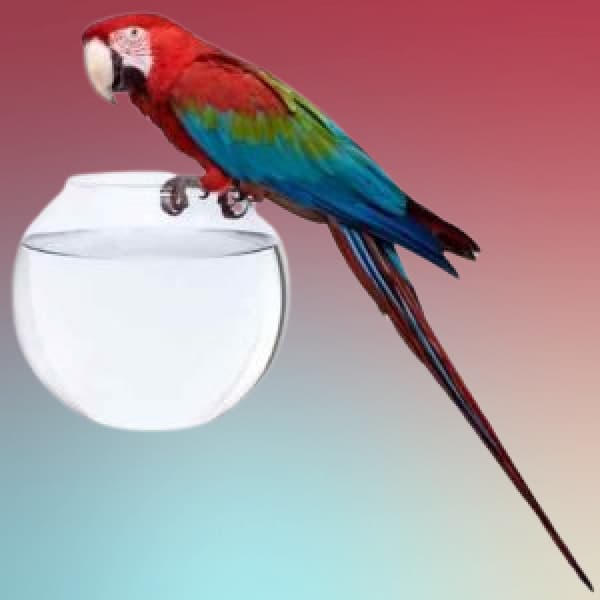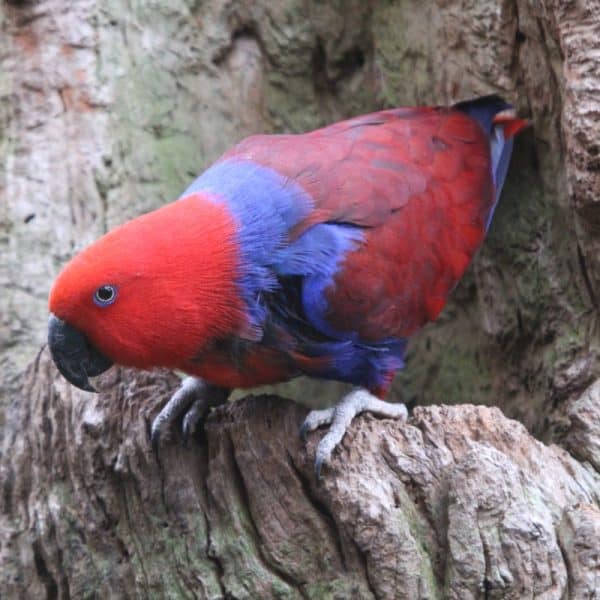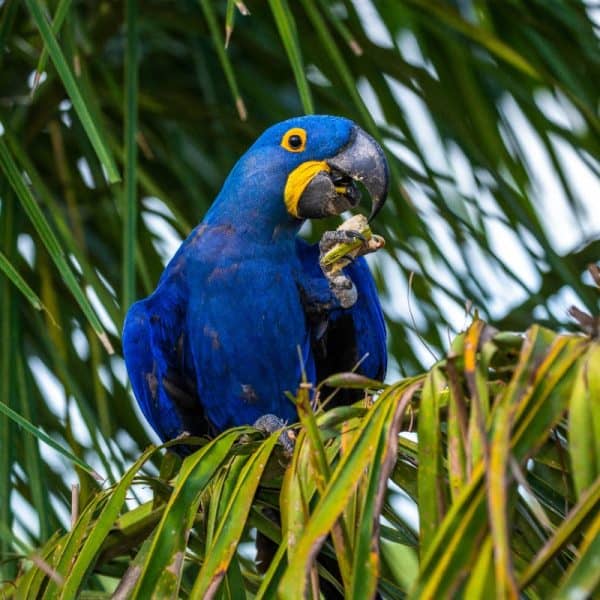Last Updated on by Mitch Rezman
Do small animals and birds need to have water bottles rather than water dishes?
From the beginning of pet keeping, animals and birds have been offered water in open bowls placed on the cage floor or mounted on the sides of the cage.
This is a simple and easy way to offer the water, but we now know that the water in open dishes is easily contaminated. Food particles, droppings, pet hair and any other contaminants carry bacteria into the water and pollute it. Some water dishes attempt to prevent this with partial “hoods”, but are still open to having pollutants flipped or tossed into the water supply by playful animals or birds in the midst of wing flapping exercises
The decaying food, fecal matter and disease organisms are then ingested by the animal or bird drinking from that bowl, possibly infecting the pet. The water bottle, in comparison, has a drinking tube that offers a one-way flow of water, preventing particles from entering the water supply. The water remains sanitary for days at a time, drastically reducing the chance of any ingestion of polluted water and subsequent infection.
Which water bottle should I select for my pet?
The size and selection of water bottles depending on the size of your pet. Many people want to make sure their pet will have more than an adequate supply of water and tend to buy a bottle really bigger than what their pet needs. The tube or nozzle size is also important so that your pet gets enough water, but doesn’t waste it. Your pet enjoys fresh water just as you do; the best water bottle size would be one that needs to be changed every few days. There are many styles of water bottles available for different pets.
Standard bottle recommendations are:
Rabbits Inside, Ferrets, Large Birds, and similar sized pets -32 oz bottle
Rabbits Outside, 64 oz bottle (rabbits must have a lot of water when kept outside where it can become hot)
Small Dogs 32 or 16 oz bottle
Guinea Pigs, Rats, Medium sized Birds, and similar sized pets-16 oz bottle
Hamsters, Mice, Small Birds, and similar sized pets -8 oz bottle or 4 oz if just one pet in a cage
What does the term “Vacuum-Valve” mean in water bottles?
Pet water bottles that feature a metal drinking tube with one or more metal ball bearings inside that tube, and do not feature the new top-filling design, are able to hold the water contents because a vacuum is formed in the sealed bottle. The metal ball (in multiple ball drinking tips this would be the lowest ball) allows a film of water to remain between the ball and the open end of the drinking tube. Since the movement of the exposed ball bearing breaks this seal, and the vacuum within the water bottle is released, the moving ball is in effect an opening and closing valve. The pet can access water as it flows down through the tube, for as long as it licks or nudges the ball, keeping the ball moving and the valve “open”. When the pet leaves the water bottle and the ball settles into place at the end of the drinking tube, the film of water reforms and the valve “closes”.
Why are there drips of water at the end of the “Vacuum Valve” water bottle drinking tube?
This little drip is the first release of water and is created as your water bottle forms a new vacuum seal. In order for a vacuum to form within the sealed water bottle, the air space and water volume need to equalize. This little release of water is the after effect of this equalization as the pressure stabilizes, and is perfectly normal. A single droplet at the end of the drinking tube is not a sign of a leaking water bottle. To help the vacuum-seal establish when the water bottle is first filled and mounted, tap the ball bearing several times with your fingertip. This releases small amounts of water and speeds up the equalization of the vacuum pressure.
When all the water from my “Vacuum Valve” water bottle runs out on the cage floor, what has happened?
First, let’s start with the most obvious cause. Check to make sure that the gasket is still inside the cap and still flat. Some gaskets can slip out during washing. If the gasket is compressed, turn it over to expose a newer, flatter surface. Since the water didn’t leak out at first, we can assume that when filled and installed your bottle was damage free and functioning properly.
There is only one way for water to leak out of a “Vacuum-Valve” bottle with the ball-bearing tip. The vacuum, once having formed, has been broken. For water to leak out, air must leak in. Please see Question #3 above to learn about Vacuum Valves. There are two obvious reasons for a vacuum to be canceled: water bottle damage, or debris in the bottle. Water bottle damage is most often caused by 1): chewing pets opening a tiny hole in the bottle or cap that will allow the smallest amount of air to enter the bottle. This air entering the bottle cancels the vacuum seal, even if the hole is at the top of the water bottle above the water level. (Hairline cracks in the bottle or cap that also allow air exchange may occur if the water bottle is dropped.) So if your pet chews a hole into the bottle after it is on the cage, the water can all run out at once. The next most obvious reason is 2): debris that has been introduced by the pet into the drinking tube. This can be tiny flecks of feed that the animal or bird had in its mouth while it was drinking…the feed particles get shoved up into the tube by the pet and lodge between the ball and the inside of the drinking tube, preventing the ball from dropping down into the sealed position. Pet hairs, bits of bedding or small feathers have also been found lodged in this position, creating instant leaking. If neither of these reasons seems to be why your water bottle is leaking, remove the bottle and check the rubber gasket for wear or defects such as warping from being over-tightened. Check the cap for debris in the threads that screw it onto the bottle.
When the water bottle drinking tube gets clogged, what should I do?
For lack of a better word, “guck” is almost anything from small food particles to mineral deposits that build up inside the drinking tube. There are two very simple ways to clean the inside of the drinking tube. First, soak the entire cap assembly in a solution of 10 parts water and 1 part bleach for 30 minutes. This will start the cleaning process and dissolve any clinging algae or organic deposits caused by liquid vitamins or medications. Using a cotton swab or a pipe cleaner (also known as chenille stems at art and craft stores), wipe the inside of the drinking tube, pulling any debris out towards the open end of the drinking tube. Clean the tube from both ends using this method and soak it again in the bleach solution for about 10 additional minutes. Rinse the cap assembly very well. Using this method, it is sometimes quite surprising how much “guck” can be removed from a drinking tube that appears to be clean. With the inner surfaces cleaned and free of any debris that can interfere with the ball bearing’s free movement, the drinking tube should return to non-leaking full function.
How do I clean my water bottle?
Plastic water bottles should be hand washed in soapy water (just like doing your dishes) and rinsed well. A bottle brush should be used to remove any “slime-build up”. It is recommended you clean your bottle weekly. A small amount of bleach helps to disinfect the bottles if desired, just add a few drops to your water and rinse well, 10 parts water and 1 part bleach is recommended. Commercial disinfectants are often sold through veterinarians.
Glass Water bottle with wide mouths (they look like old fashioned milk bottles), can be put in the dishwasher, but a good scrubbing with a brush is also recommended. They should be cleaned weekly and can be disinfected with the same bleach solution as your plastic bottles and tubes.
Can Lixit Bowls and Crocks go in the Dishwasher?
Lixit plastic bowls and crocks can go in the dishwasher on the top shelf. The dry/heat cycle can cause bowls to warp, it is recommended you do not use the heat cycle when putting plastics in the dishwasher
Author Profile

Latest entries
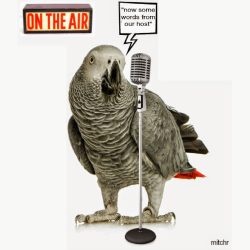 Bird & Parrot CareJune 20, 2025Understanding the Best Way to Use Prevue Pets Mimic Me Voice Trainer
Bird & Parrot CareJune 20, 2025Understanding the Best Way to Use Prevue Pets Mimic Me Voice Trainer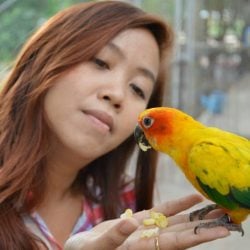 Bird BehaviorJune 6, 2025How Do I Keep My Parrot From Dumping His Food Every Day?
Bird BehaviorJune 6, 2025How Do I Keep My Parrot From Dumping His Food Every Day?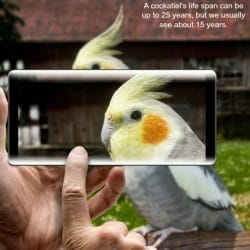 Birds & LightingMay 16, 2025I Am Seeking Clarity About Lighting for My Birds Cage
Birds & LightingMay 16, 2025I Am Seeking Clarity About Lighting for My Birds Cage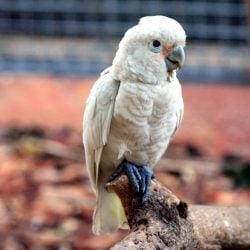 Bird RescueApril 29, 2025How Do We Re-Home a 17 yr Goffin Cockatoo?
Bird RescueApril 29, 2025How Do We Re-Home a 17 yr Goffin Cockatoo?
